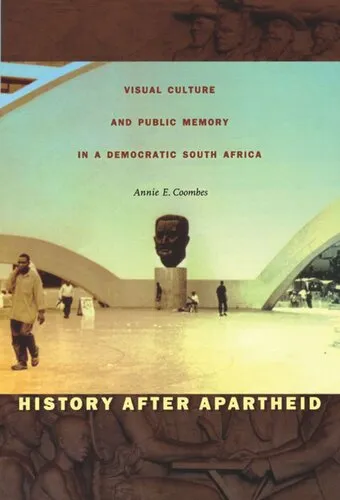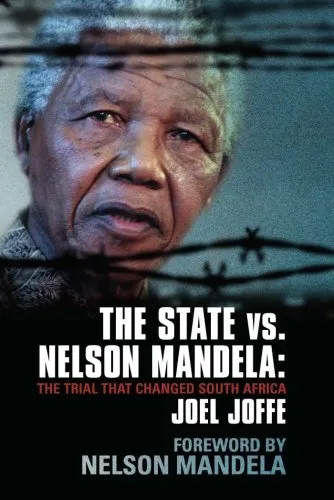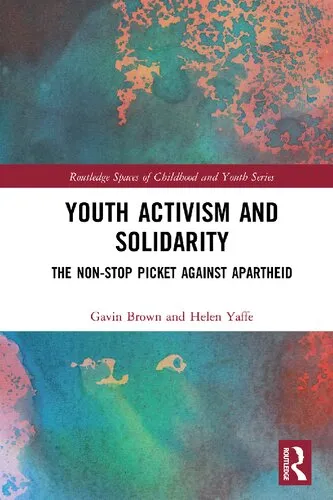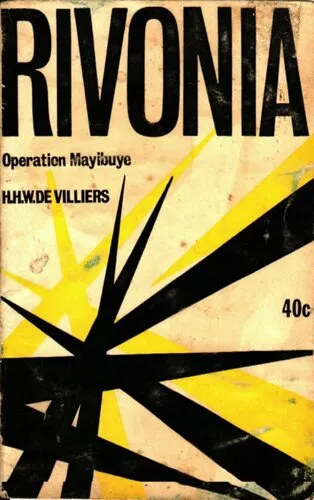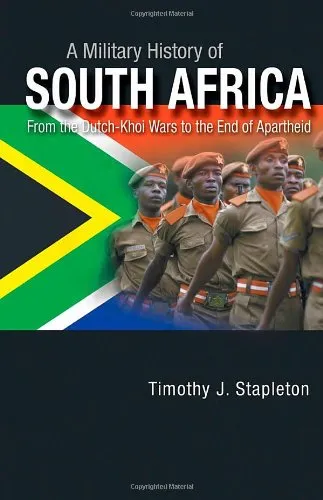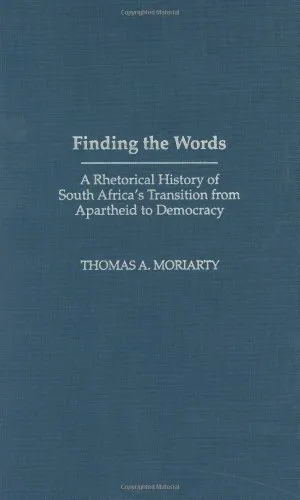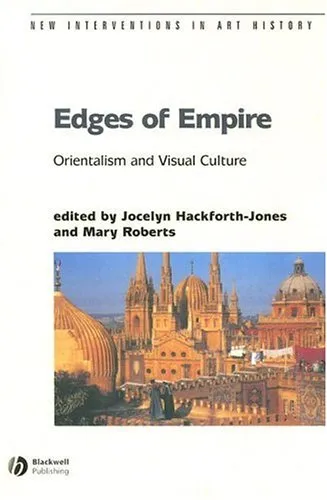History after Apartheid: Visual Culture and Public Memory in a Democratic South Africa
4.5
Reviews from our users

You Can Ask your questions from this book's AI after Login
Each download or ask from book AI costs 2 points. To earn more free points, please visit the Points Guide Page and complete some valuable actions.Related Refrences:
Welcome to a comprehensive introduction to "History after Apartheid: Visual Culture and Public Memory in a Democratic South Africa," a pivotal exploration by Annie E. Coombes into the intricate process of memory reconstruction in post-apartheid South Africa. Through this book, Coombes delves into the intersections between visual culture and the remaking of public memory in a nation undergoing profound transformation.
Detailed Summary of the Book
In "History after Apartheid," Coombes critically examines the role of visual culture in shaping the collective memory of South Africa during its monumental transition from apartheid to democracy. The book navigates through various public commemorations, artistic expressions, and heritage sites, offering insights into how these elements contribute to national identity. Coombes argues that visual representations are not merely reflections of history but active components in rewriting narratives. The work emphasizes the complexities involved in reconciling a divided past with hopes for an inclusive future.
The book is structured around various case studies that highlight the nuanced ways in which history is represented and mediated through museums, monuments, and multimedia art. Coombes meticulously analyzes how these visual mediums embody the tensions between remembering and forgetting, between inclusion and exclusion. Her approach is both academic and accessible, drawing on interdisciplinary methods to unravel the cultural strategies deployed in negotiating public memory.
Key Takeaways
- The role of visual culture is critical in shaping and reshaping public memory, especially in societies dealing with historical trauma.
- Reimagining national identity in post-apartheid South Africa involves a delicate balance between acknowledging past injustices and fostering a sense of unity.
- Monuments, museums, and art are not merely passive forms of representation but active agents in the creation and dissemination of collective memory.
- The process of memory reconstruction is fraught with challenges, including the risk of oversimplifying complex histories and marginalizing alternative narratives.
Famous Quotes from the Book
"In the hands of artists and curators, the visual is a powerful tool for distilling, contouring, and disseminating the narratives that societies choose to remember or forget."
"Public memory in South Africa is not just about bridging a divided past but about envisioning an inclusive future that honors diverse voices and experiences."
Why This Book Matters
As South Africa continues to grapple with the legacies of its apartheid past, "History after Apartheid" offers invaluable insights into the ongoing negotiation of identity, memory, and history. Coombes's work is essential for understanding how nations can confront controversial pasts without resorting to amnesia or simplification. The book is particularly relevant for academics, historians, and cultural practitioners interested in the intersection of memory studies, visual culture, and post-colonial studies.
Moreover, by focusing on South Africa, a country emblematic of racial reconciliation struggles worldwide, Coombes's analysis has broader implications for other societies similarly engaged in the process of coming to terms with divisive histories. Her work encourages a reflective and critical engagement with the past, demonstrating that memory work is integral to social and cultural transformation.
Free Direct Download
You Can Download this book after Login
Accessing books through legal platforms and public libraries not only supports the rights of authors and publishers but also contributes to the sustainability of reading culture. Before downloading, please take a moment to consider these options.
Find this book on other platforms:
WorldCat helps you find books in libraries worldwide.
See ratings, reviews, and discussions on Goodreads.
Find and buy rare or used books on AbeBooks.
1522
بازدید4.5
امتیاز0
نظر98%
رضایتReviews:
4.5
Based on 0 users review
Questions & Answers
Ask questions about this book or help others by answering
No questions yet. Be the first to ask!
